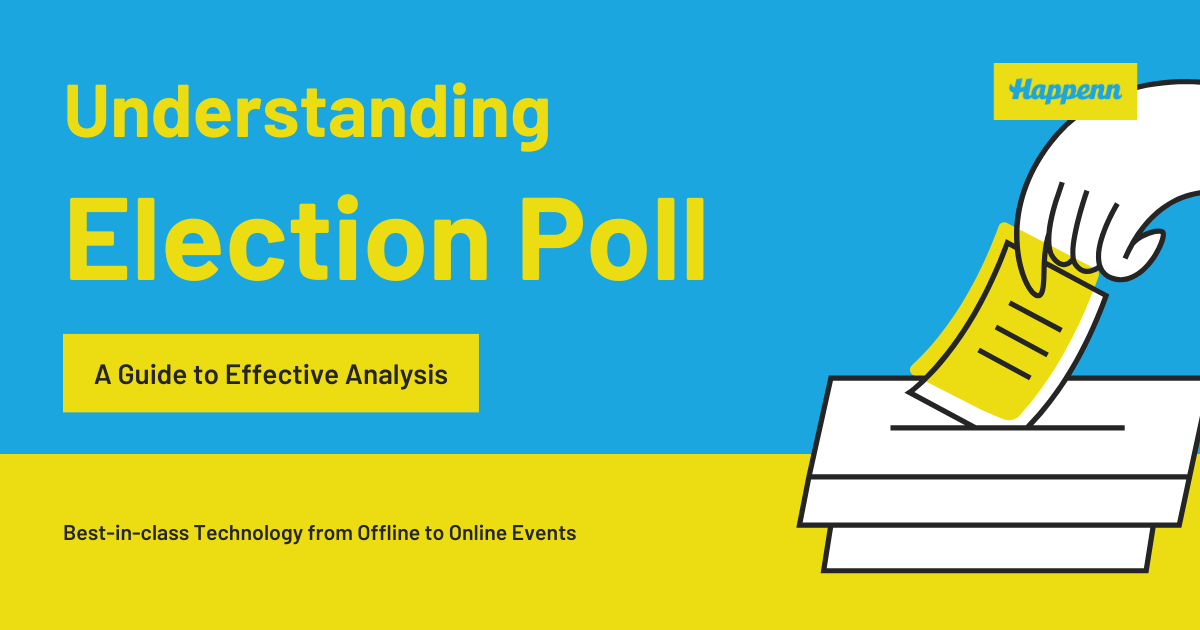With the upcoming election in Thailand just around the corner, news outlets are awash with polls and surveys attempting to predict the outcome. But as a company that regularly works with polling and voting data, we know that understanding election poll results requires more than just looking at the percentages.
In this guide, we’ll explain why you can only sometimes trust the poll results presented in the media and why doing your analysis is important. Even if you plan to vote on election day, understanding how to analyze poll results can provide valuable insights into the opinions and attitudes of the electorate.
By examining these factors, you can gain a more nuanced understanding of the opinions and attitudes of the electorate and make more informed decisions about how to interpret poll results.
Sample Size
The size of the sample group is a critical factor in the accuracy of any poll. A larger sample size is generally more representative of the population as a whole and provides a more accurate estimate of the opinions and attitudes of the electorate. Conversely, a smaller sample size can lead to significant inaccuracies and bias in the poll results.
According to Tools4dev.org, a minimum sample size of 100 is required to obtain meaningful results from a poll. An ideal maximum sample size is usually 10% of the population, as long as this does not exceed 1000. Sampling more than 1000 people would not significantly increase accuracy and would cost more time and money. For populations larger than 200,000, a sample of 1000 people is generally enough to obtain accurate results.
Sampling Method
The method used to select the sample group can also impact the accuracy of poll results. For example, a poll that uses a random sample is generally more reliable than one that uses a convenience or self-selected sample. This is because a random sample ensures that every member of the population has an equal chance of being selected, which helps ensure that the poll results represent the entire population.
Margin of Error
Every poll has a margin of error, the uncertainty inherent in any survey due to random sampling. It’s important to understand the margin of error and factor it into your analysis of the poll results. The margin of error can help you determine your confidence level in the poll results.
The margin of error decreases as you survey more people. The formula for calculating the margin of error is the margin of error in a sample = one divided by the square root of the number of people in the sample. If a poll has a margin of error of 2.5%, it means that if you ran that poll 100 times, the overall percentage of people who responded the same way would remain within 2.5% of your original result in at least 95 of those 100 polls. Looking at multiple polls can help you get a more accurate view of what people really think. (robertniles.com)
Demographics
The demographic makeup of the sample group is another critical factor to consider when analyzing poll data. Factors such as age, gender, race, and political affiliation can influence people’s opinions and attitudes, so it’s important to understand the demographics of the sample group and how they compare to the population as a whole.
Question Wording and Order
The wording and order of questions can impact the results of a poll. The way questions are phrased can influence people’s responses, so it’s important to consider the context and framing of the questions when analyzing poll data.
Bias
Polling organizations can have biases that may affect the results of their polls. Therefore, it’s essential to consider the reputation and track record of the polling organization when interpreting poll results. Additionally, it’s important to consider any potential biases that may be present in the poll questions or the sampling method.
Trends Over Time
Examining trends over time can be helpful when analyzing poll results. By looking at changes in opinion and attitudes over time, you can gain insight into how the electorate is evolving and changing. This can provide valuable context for understanding the current poll results.
Contextual Factors
Finally, when analyzing poll results, it’s essential to consider contextual factors such as current events, social and political climate, and historical trends. These factors provide a more nuanced understanding of the poll data and its implications. In addition, understanding the broader context can help you make more informed decisions about interpreting the poll results.
Understanding Election Polls is a Complex Matter
And it requires careful consideration of several factors. In addition, the interpretation of polls can be affected by various elements, such as sample size, methodology, and margin of error. Therefore, it is essential to have a basic understanding of these factors to correctly interpret and evaluate the results of polls.
Moreover, it is important to remain vigilant of potential biases and to consider polls within the context of the broader political landscape. With a solid understanding of these factors, readers can better comprehend the results of election polls and make more informed decisions based on the data presented.
Powerful Voting and Polling Software for All Types of Events
If you’re looking for powerful and reliable voting software to use with your upcoming event, Happenn can help. Our software is designed to make the voting process easy and seamless, whether you’re running a small-scale event or a large-scale conference. To learn more about our software and how it can help you, please contact us directly at hello@happenn.com. You can also click our website’s “Contact” page to send us a message. We’re always here to help make your event a success.

